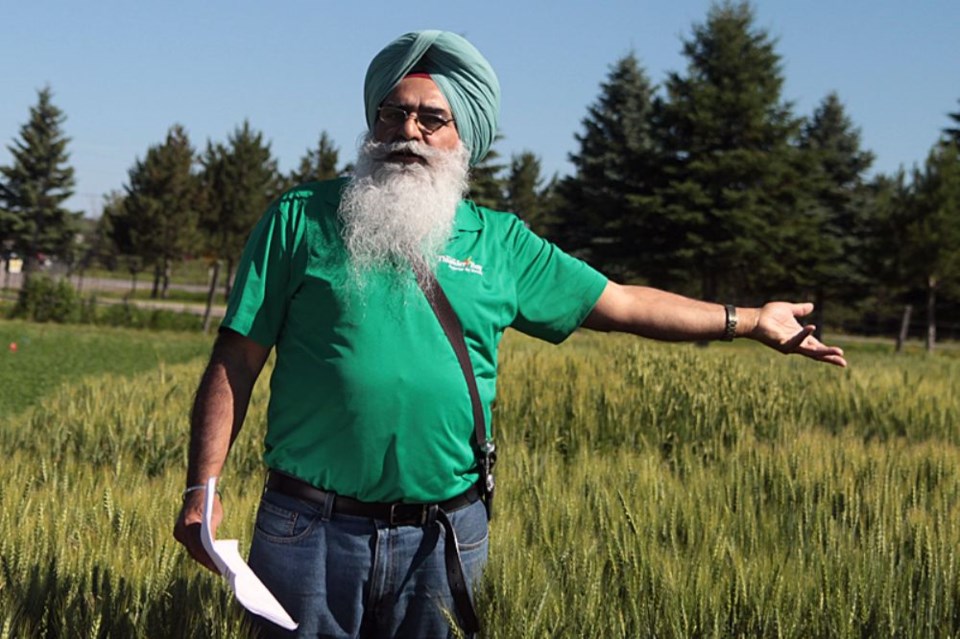THUNDER BAY – The region has untapped agricultural potential.
That’s the belief of Thunder Bay Agricultural Research Station director Tarlok Singh Sahota, though he maintains the challenges of the Northern Ontario environment requires innovation and research to keep local farmers competitive.
“We have a shorter growing season, we have different climate conditions than the rest of Ontario and there’s a new scope of expanding agriculture. You can’t expand agriculture in Southern Ontario. It’s only in Northern Ontario we can expand agriculture,” Sahota said.
“To expand that agriculture we need to support our farmers for that expansion. When a new environment, new land and new crops open up they need to know what types of fertilizers to apply and what kinds of crops they can use. That type of support only comes from research and that’s why we need agricultural research more in Northern Ontario than anywhere else.”
The research station, which is located on Little Norway Road off Highway 61 just south of the city, hosted their annual summer tour on Wednesday to give farmers a firsthand look at new experiments.
Those experiments include trying to grow crops, such as sainfoin, that are not native to this region or testing new fertilization methods to increase crop yields.
Allan Mol, co-owner of Valley Centre Farms, said the research station has been invaluable for farmers in the Thunder Bay area.
“It’s helped us in growing crops and then we’ve branched into different things started at the station,” he said. “Soybeans are one thing we grow now that we noticed it here first and then got the information on how to grow them.”
Mol was one of more than two dozen farmers taking an hour-long tour of the station’s plots, observing the growth of different grains and forages.
Work at the research station has led to a significant expansion in the local growth of canola, with more and more farmers planting and harvesting it as a cash crop. At the station canola, with its luscious yellow plots, is one of the most visible crops being grown.
Mol was particularly intrigued by the combination of growing flax and canola together.
“With the short growing season you’re going to want to find the right crops that are going to mature during those few days we have and that’s the challenge,” he said.
Despite the impact the research station has had on the local agriculture industry, there is no guarantee it will be in existence next year.
The station, which has about 60 member farmers, was slated for closure on March 31 until receiving a last minute extension from the province, which leveraged unspent funds from the previous three years.
Sign in or register
- Messages
- Post a Listing
- Your Listings
- Your Profile
- Your Subscriptions
- Your Likes
- Your Business
- Support Local News
- Payment History
Registered Users
Already have an account?
New Users
Create a free account.
